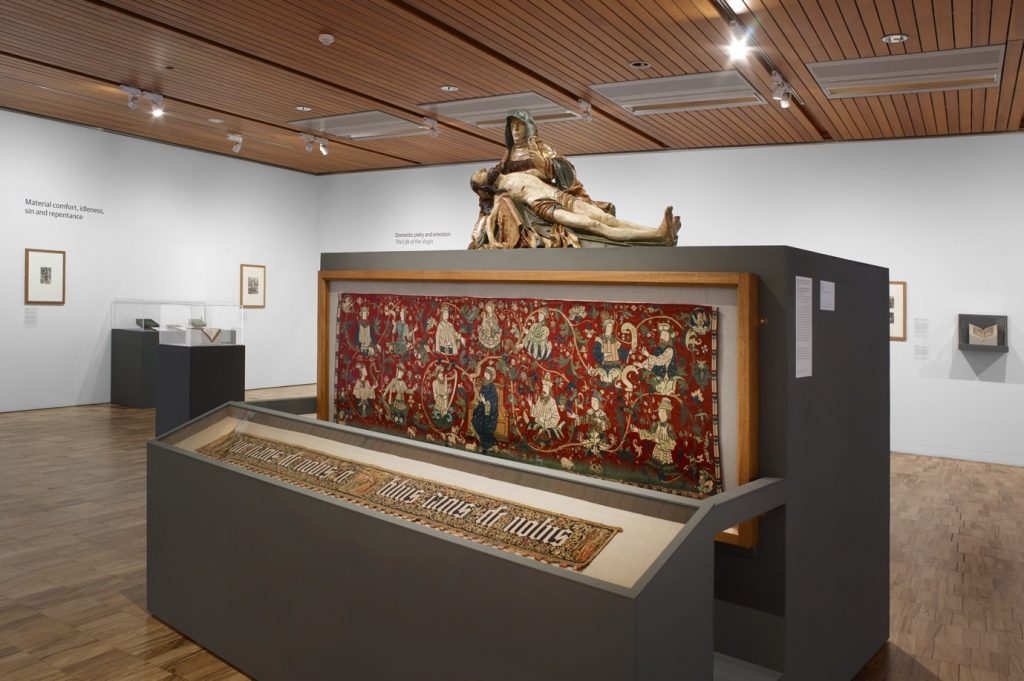
Whitworth Conservation Work with the Collective’s Collection of Digital Microscopes
The Bodies, Emotions and Material Culture Collective holds a substantial number of digital microscopes that are administered by Professor Stefan Hanß. These microscopes are used by various members of the Collective, in particular PhD students and Early as well as Mid-Career Researchers across the humanities. The microscopes are also available to conservators and curators to conduct conservatory and cultural heritage science work and research on Manchester’s outstanding special collections. Moreover, these digital microscopes are used for teaching. The Collective also offers regular training sessions. If you wish to use any of the microscopes, please contact stefan.hanss [ at ] manchester.ac.uk.
Housed at the Faculty of Humanities, this makes the University of Manchester the home of the largest collection of digital microscopes compared to any other humanities faculty in the country.
In this guest blog entry, Sarah Potter, Conservator (Object and Preventive) at The Whitworth, University of Manchester, reports on her use of the microscope in preparation for the acclaimed exhibition Albrecht Dürer’s Material World, on show till 10 March 2024.
The Whitworth holds a wonderful collection, spanning over 60,000 objects which range from paper, textiles, paintings and sculpture. As part of the preparations for the Dürer Exhibition at the Whitworth (see image above), a polychrome sculpture called a Pietá needed to be treated. The Pietà, traditionally from a church was a sculpture popular from the end of the 14th century; so-called as it was intended to cause the viewer to feel pity or compassion, a direct translation of the Italian word. Pietàs were designed for intimate settings due to their emotive nature rather than to be at the central altar (Wixom, 1988: 35). The Whitworth sculpture reflects on broader devotional and emotional atmospheres in Renaissance Germany and “aligns with Dürer’s meditation on the weakness of [the] earthly body”, as shown in Holly Fletcher’s recent study of the Whitworth Pietà, published in the Albrecht Dürer‘s Material World exhibition catalogue (Fletcher, 2023: 121).
Most polychrome sculpture have experienced significant change over time with many having been repainted or even stripped of all their decorative elements to reveal surfaces unintended to be seen (Marincola, 2000:99). This Pieta was no exception and has undergone interventive treatments from paint removal, stabilisation and reconstruction. The use of the Dino-Lite, thanks to SALC/Faculty of Humanities, was able to highlight some of the past restorations which occurred to the sculpture prior to the 1970’s when it came into the Whitworth’s collection.
You can see from Figure 1 the previous wax infills to offers some structural integrity to the sculpture after an insect infestation. The imagining also revealed the damage to the decorative surface of the object (Figure 2).
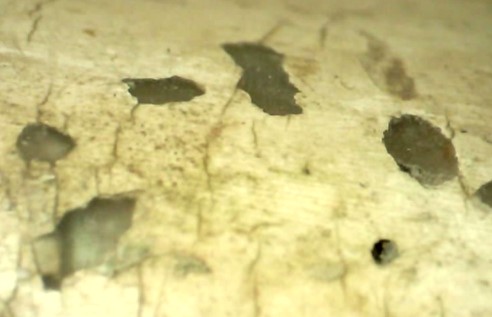
Figure 1: Wax infilled holed from conservation work in 1971 to aid the stabilisation of insect holes. © Sarah Potter.
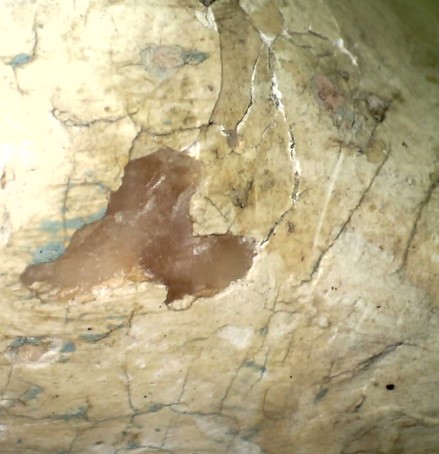
Figure 2: Significant cracking of the paint and gesso layers and a previous wax infill. © Sarah Potter.
Not only did the microscope reveal contemporary additions to the sculpture but I was able to identify some original pigments, much of which was thought to have been removed or overpainted over the years. These pigments were in difficult to reach areas, but the digital microscope was able to catch a glimpse of what was almost undetectable—the last remnants of original pink toned flesh (Figure 3), some red pigmentation around Jesus’ cloak (Figure 4) and some deep blue pigments from inside Mary’s hood (Figure 5).
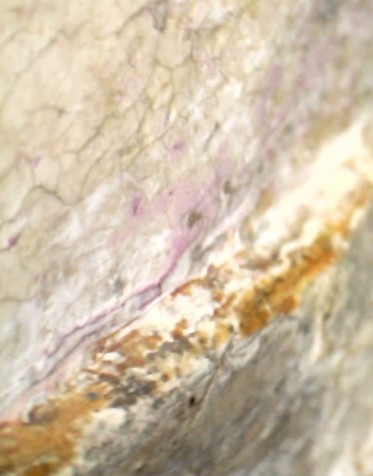
Figure 3: Pink flesh toned pigments around Mary’s head scarf. © Sarah Potter.
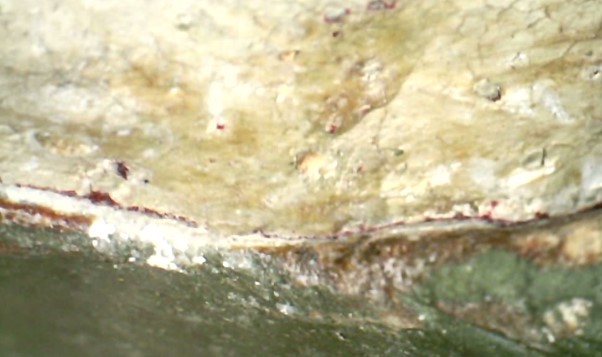
Figure 4: Historic red pigmentation along the green cloak. © Sarah Potter.

Figure 5: Blue pigments can be seen in Mary’s hood. © Sarah Potter.
Understanding what was original to the sculpture was intrinsic to the conservation work undertaken to stabilise the object for the exhibition. You can see the sculpture on display as part of the exhibition Albrecht Dürer’s Material World until 10th March 2024 at The Whitworth, Manchester.
This report was written by Sarah Potter.
Bibliography
Fletcher, H. 2023. The Whitworth’s Sculpted Pietà from Renaissance Germany. In: Wouk, E. H., and Spinks, J. Albrecht Dürer’s Material World, 121–25. Manchester: Manchester University Press and The Whitworth.
Marincola, M. 2000. The Surfaces of Riemenschneider. In: Chapuis, J. Tilman Riemenscheider: Master Sculptor of the Later Middle Ages. Washington DC and New Haven: National Gallery of Art, Washington, and Yale University Press.
Wixom, W. D. 1988. Medieval Sculpture at the Cloisters. In The Metropolitan Museum of Art Bulletin. Winter 1988–89.
Image credit, top image above: Albrecht Dürer’s Material World exhibition at the Whitworth. Image courtesy of Michael Pollard.






0 Comments